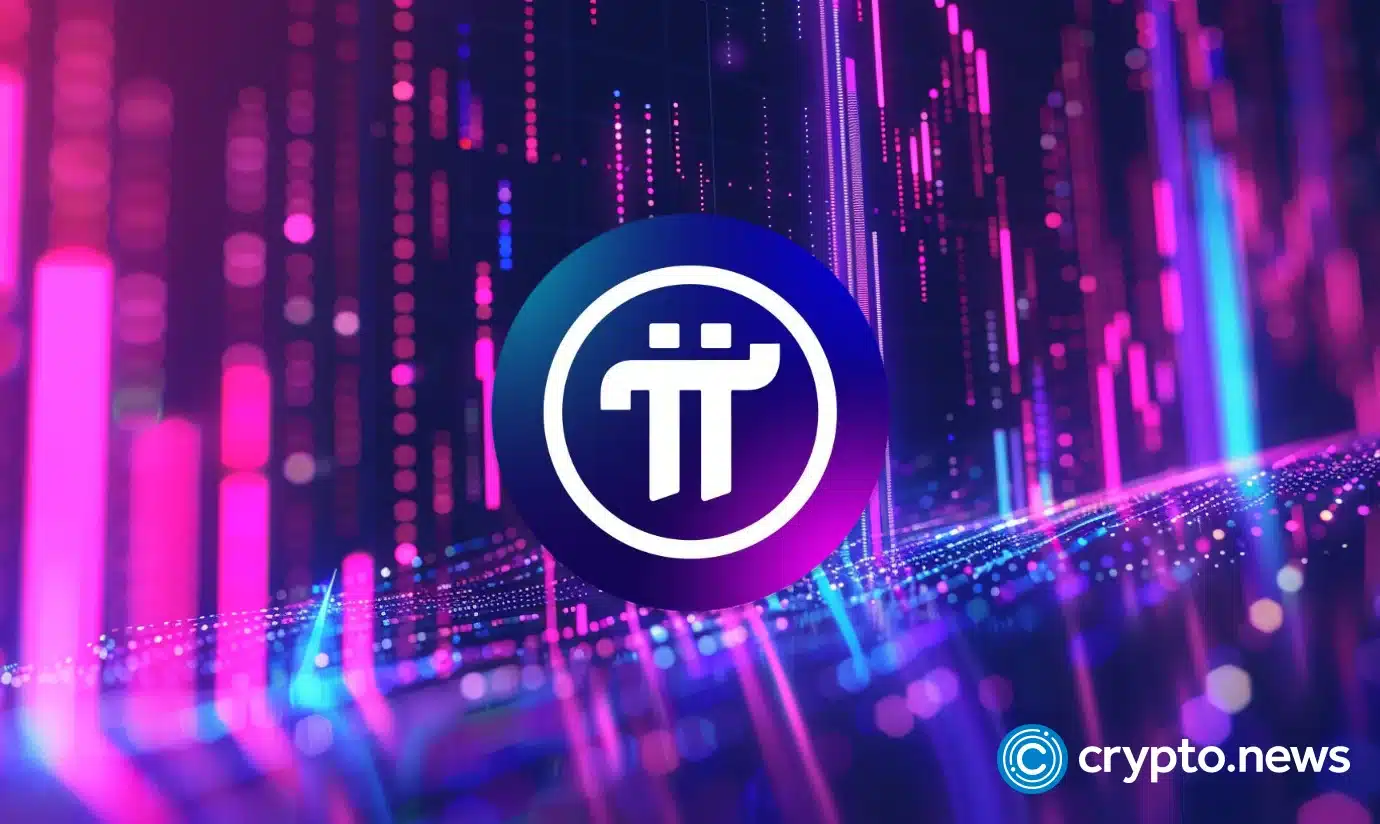4 catalysts that could revive Pi Network after $13b market cap crash

The Pi Network price dived this week as the much-anticipated ecosystem event failed to excite its holders.
Pi Coin (PI) dropped to $0.8115 on Thursday, March 15, down 47% from its highest point this week and 70% below its all-time high. Its market cap has plunged from a record $19 billion in February to $6.31 billion as of May 15.
Pi dropped after the developers announced the launch of Pi Ventures, which will invest $100 million in startups. It will focus on areas like fintech, artificial intelligence, e-commerce, gaming, and other areas.
This article explores four key catalysts that could boost Pi Network’s price in the near term.
1. From centralization to decentralization
One potential catalyst is the migration from a centralized structure to a fully decentralized network. Pi Network currently operates as a “Semi-DAO,” where the core team retains significant decision-making power.
The team controls billions of tokens, which poses a risk to the network if they decide to offload holdings onto the market. As shown below, the Pi Foundation holds over 70 billion tokens—yet little is known about the foundation or its members.

A formal proposal to transition Pi Network into a fully decentralized blockchain would likely be welcomed by investors.
2. Pi Network token burns
Another potential catalyst lies in improving Pi’s tokenomics. Currently, the network is on track to release millions of new tokens into circulation each month over the next several years.
Data shows that the total unlocks in the next 12 months will be 1.475 billion, or about 122 million a month. Token unlocks lead to more supply, which may hurt the price, especially when there is no demand.
A possible solution would be to initiate token burns to counterbalance supply growth. For example, Vitalik Buterin famously burned Shiba Inu (SHIB) tokens worth over $6.7 billion in 2021, a move that positively impacted SHIB’s tokenomics and sentiment.
3. Pi Coin exchange listings
Despite its large user base, Pi Coin is currently listed on only a handful of exchanges, including OKX, Bitget, MEXC, and Gate. Major platforms like Binance, Coinbase, Upbit, and Kraken have yet to list it.
The reasons remain unclear, though analysts have cited concerns over centralization. A major exchange listing would likely trigger a parabolic price move, as seen with tokens like Orca and Alpaca. Alpaca jumped by over 2,300% after it was listed on Binance, while Orca soared by 200% after its Upbit listing.
4. Ecosystem growth
Another reason Pi Network’s price has struggled is its lack of real-world utility since the mainnet launch. While the ecosystem boasts over 100 mainnet-ready applications, few have gained mainstream traction.
The launch of Pi Network Ventures is a positive step, but building widely adopted applications will require significantly more effort. History shows that ecosystem funds alone are not enough to ensure adoption.
For example, Kadena, which launched a $100 million fund in 2022, has not gained market share in the industry. Similarly, Velas token has crashed, giving it a market cap of $2.5 million despite launching a $100 million grants program.
Therefore, in addition to the fund, Pi Network will need to do more work to ensure that its apps are popular.














